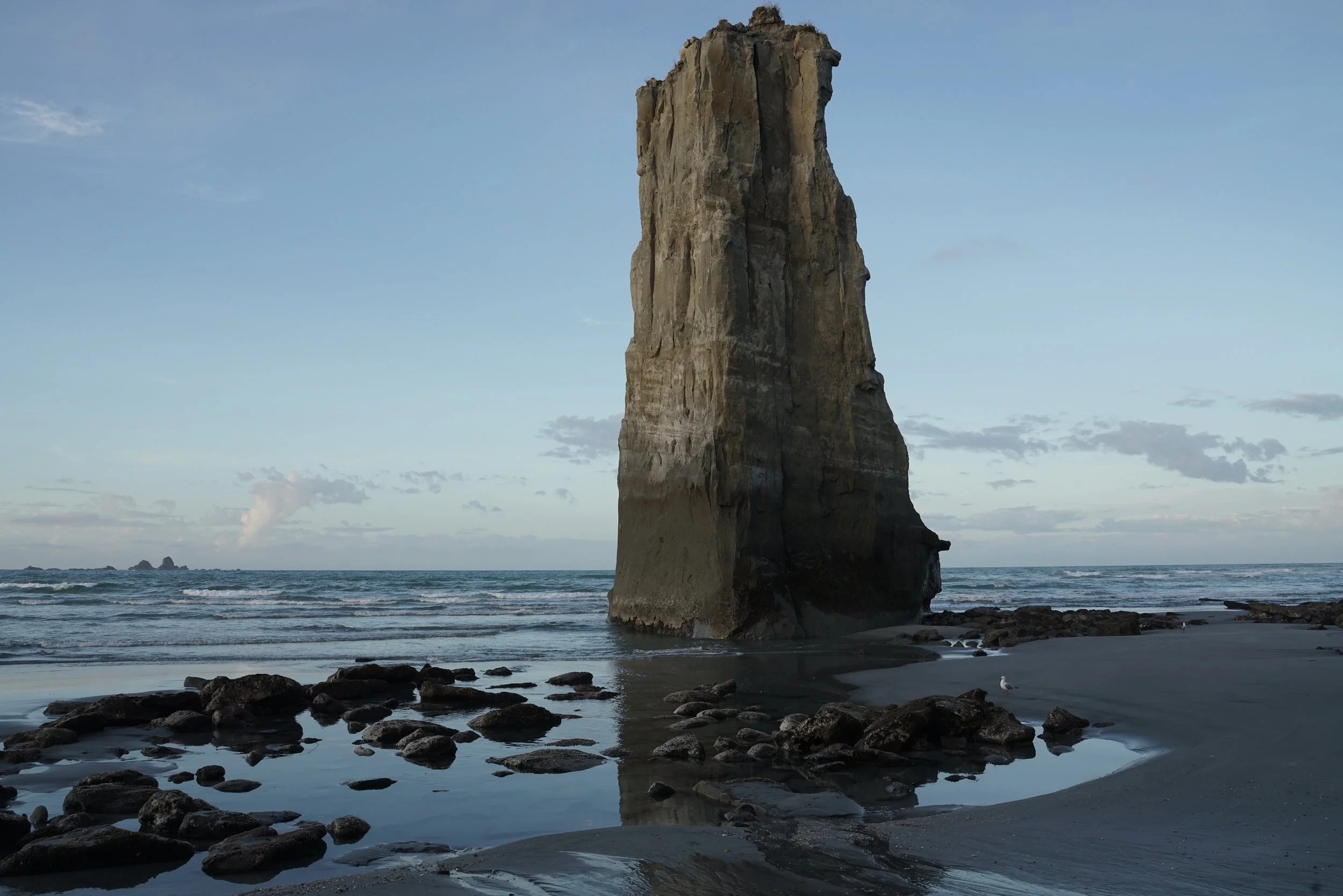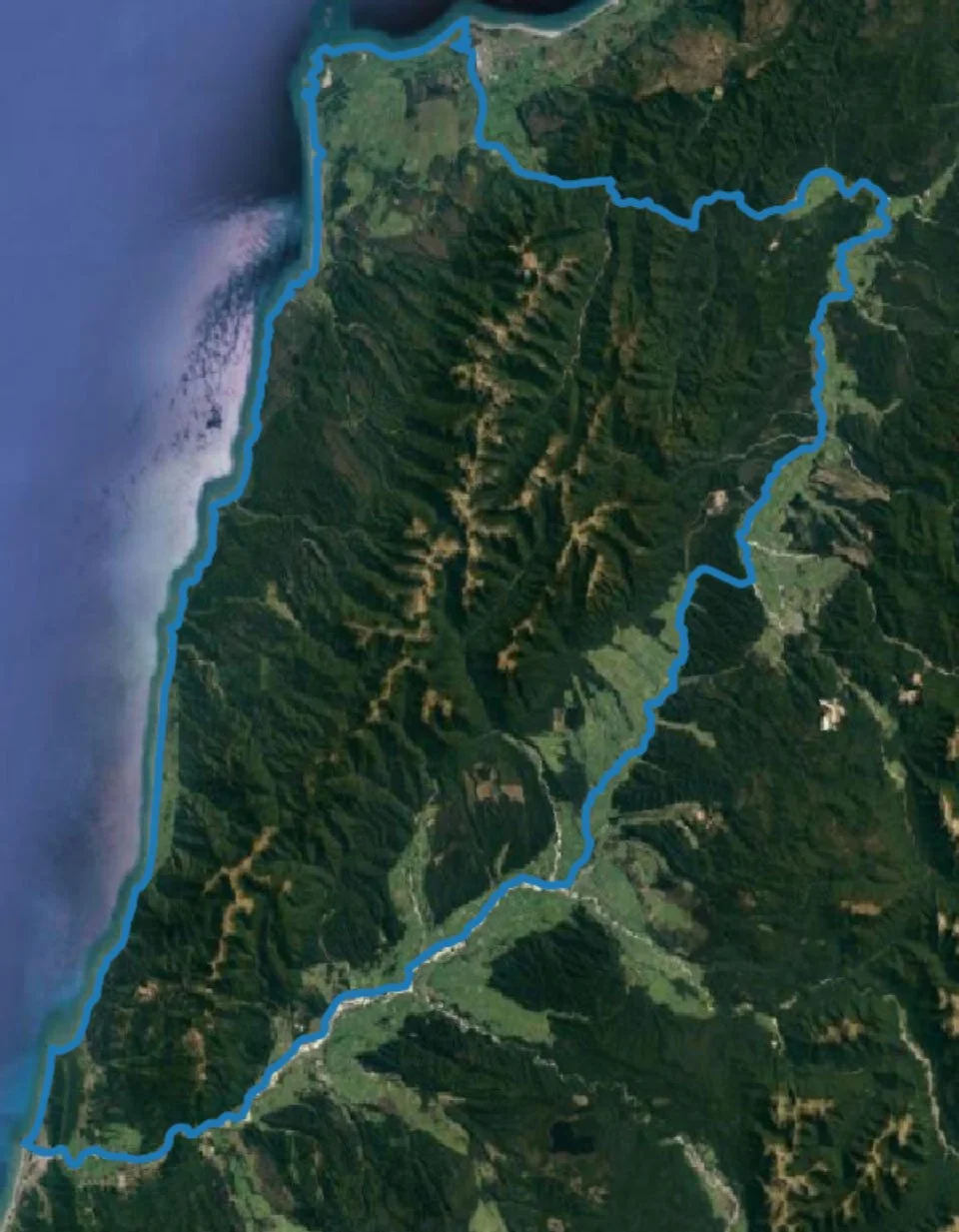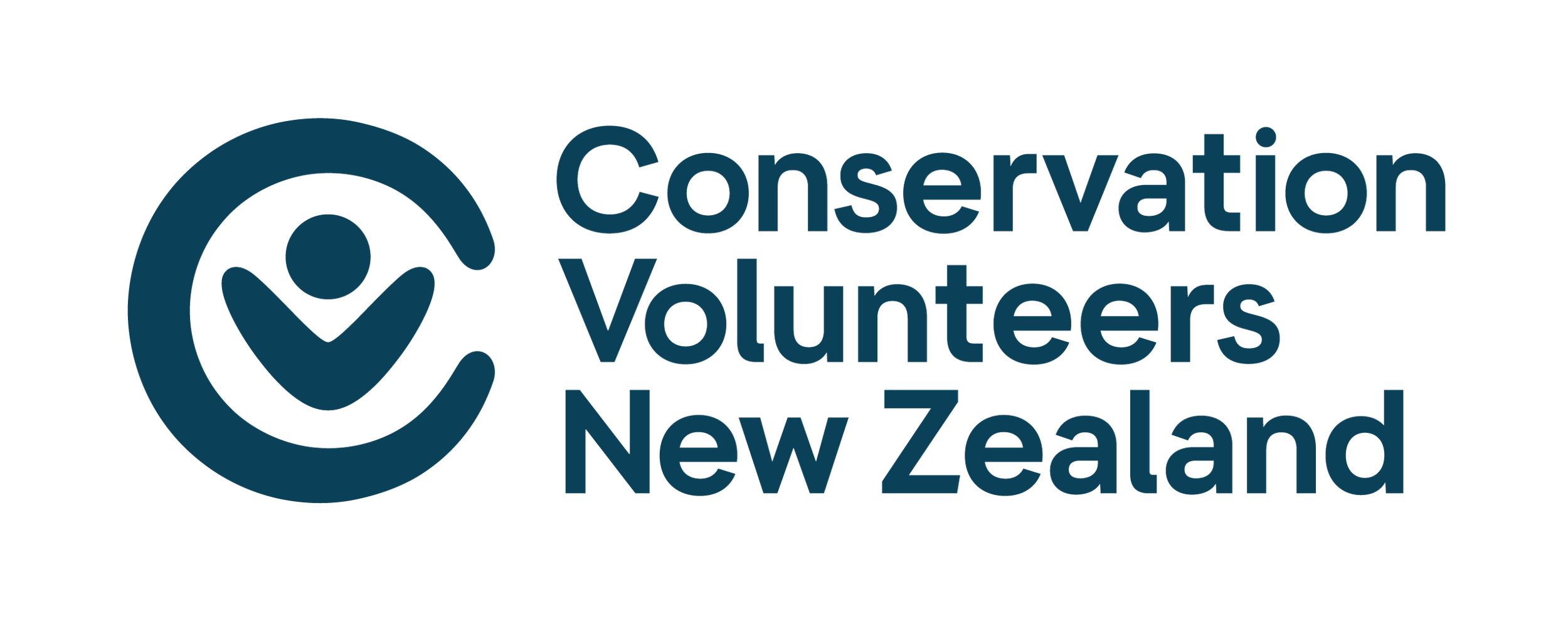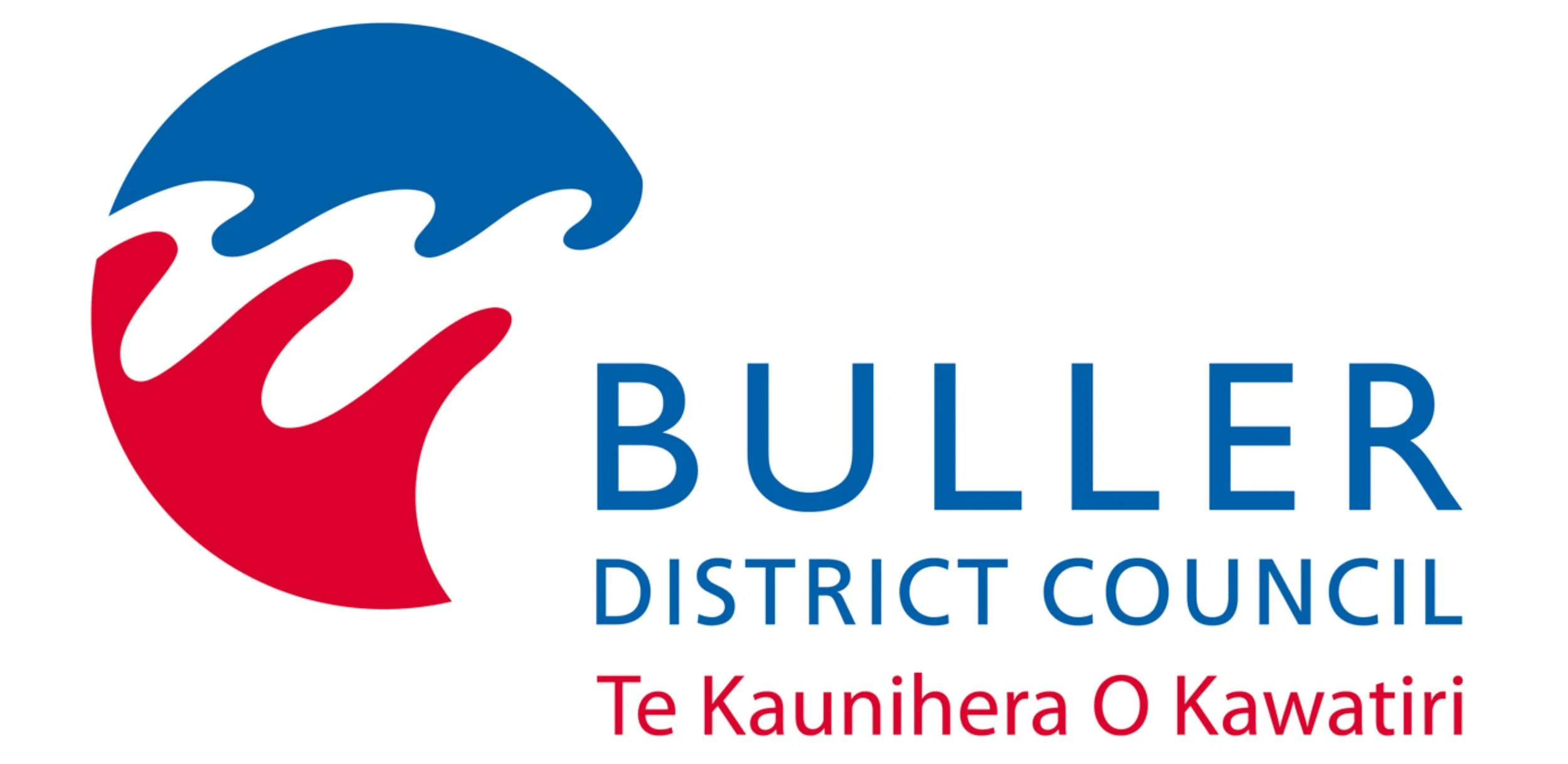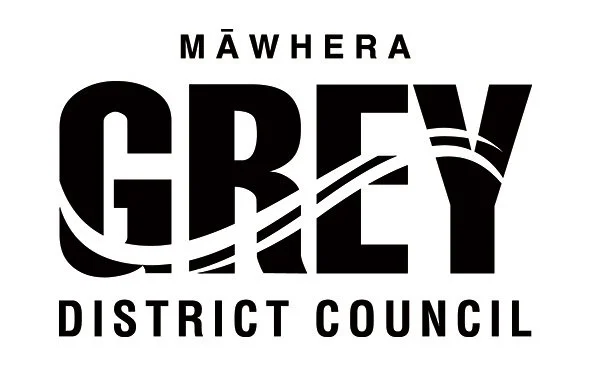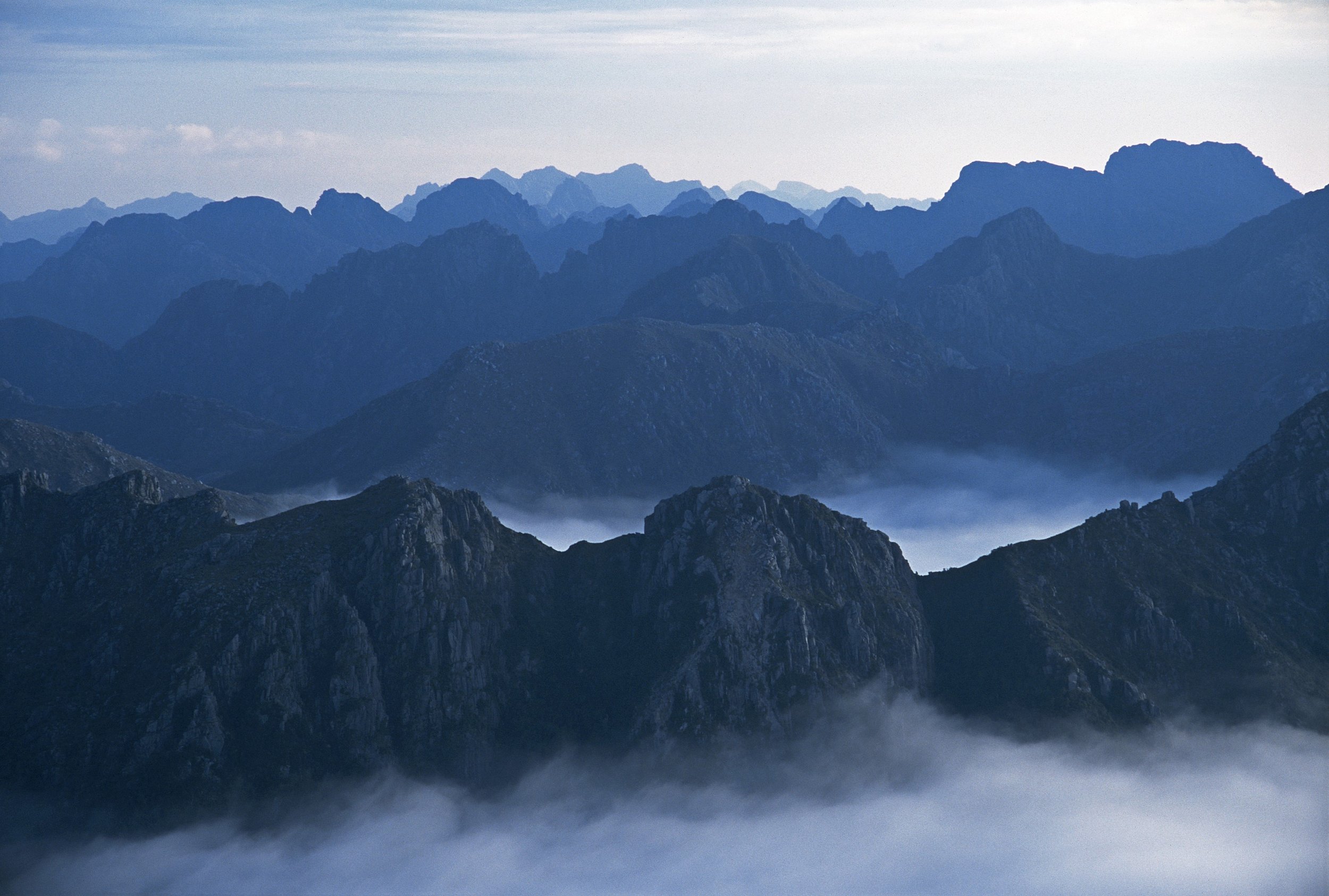
Paparoa Predator Free.
This ambitious proposal possesses the location, scale, site attributes and values to make a major national contribution to Predator Free 2050.
SITE ATTRIBUTES
96% of the boundary has sea or river protection, providing natural barriers to predator re-invasion.
BIODIVERSITY
Home to over 60 endangered or at-risk fauna and flora species.
COMMUNITY
Support across multiple communities and organisations
VISITORS
The site includes Paparoa National Park and attracts over 500,000 visitors a year.
Project overview
Paparoa Predator Free (PPF) aims establish a Predator Free 2050 project in the northern Te Tai Poutini West Coast within the rohe of Te Rūnanga o Ngāti Waewae.
The 230,000-hectare site incorporates the forested wilderness of the Paparoa Range and its surrounding landscape. The Paparoa Range is uniquely isolated - by the Tasman Sea to the west and from the Southern Alps by the large Buller, Grey and Inangahua rivers. The site has a richness of ecosystems not found elsewhere within an area that can be protected from predator re-invasion by utilising these geographical features. The site’s ecosystems include warm temperate forests, spectacular limestone landscapes, remote alpine tops, and extensive and biodiverse wetlands and estuaries.
The focus of the project is to collaboratively work towards a predator free Paparoa so ecosystems and communities can both flourish into the future.
The proposal is to remove rats, mustelids (stoats and weasels), possums and goats from Paparoa and then defend the site from reinvasion. These predators compete and eat wildlife and damage the forest. Deer are not in scope of Paparoa Predator Free. The methods and technology for predator removal projects of this scale on mainland New Zealand are progressing rapidly and so we believe Paparoa Predator Free can be achieved in five to ten years.
The Paparoa Predator Free project will be based around a set of values and principles that include:
collaboration and cooperation
valuing diverse and innovative input
shared leadership with commitment and integrity
honouring cultural history
utilising the latest science and technology
promoting sustainable solutions that benefit both ecosystems and community
sharing systems and solutions with other projects
Our Supporters
The proposal is to remove rats, mustelids (stoats and weasels), possums and goats from Paparoa and then defend the site from reinvasion.
